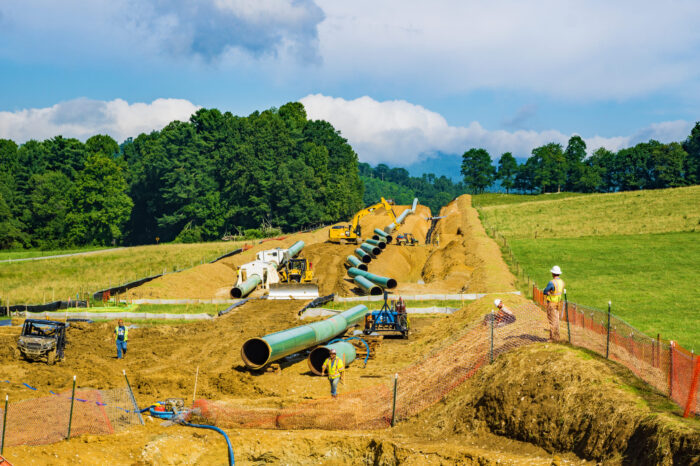
What is Eminent Domain?

Eminent Domain is the power of the government to acquire private property for public use under the theory that this power is an attribute of the sovereignty of the government.
The private landowner, however, is protected by the Fifth and Fourteen Amendments to the U.S. Constitution, which states that “nor shall private property be taken for public use, without just compensation.” The California Constitution provides the same protection. This means that whenever the Federal or State government takes property through eminent domain, it has a constitutional responsibility to justly compensate the property owner for the fair market value of the property.
Eminent domain can be exercised to acquire privately-owned land for public use, such as Kings County is currently experiencing with the High-Speed Rail. Land has also been acquired for courthouses, forts, highways, and other public spaces such as parks.
In order to obtain the land, it has to be privately held and the owner is unwilling to sell it outright to the government. The government may take all or some of a landowner’s property, which is usually called a taking. The landowner, however, must receive “just compensation.” But what is just compensation? Because the government (Federal or State) has the right to take the land, the majority of the litigation surrounding eminent domain involves determining what is just compensation. Just compensation means the fair market value of the property on the date it is appropriated.
The State will present the landowner with an offer to purchase the land, along with its appraisal of the fair market value of the property. Oftentimes, the State’s appraisal will differ greatly from the landowner’s perception of value, usually because the landowner has a more detailed understanding of how much his or her property is worth. For example, a farmer is more likely to know the value of his or her orchard’s infrastructure and production than the State. As such, the landowner often will obtain an independent appraisal. This may be much higher than the State’s, depending upon factors such as crop production over time, age of the trees, installation of new irrigation, etc.
The theory behind just compensation is that the landowner should not bear the full cost of the public benefit, but that the entire public (because they are receiving the benefit of the taking, such as using a highway) must also shoulder the compensation to the landowner. The courts have long supported this theory, finding that “The right of eminent domain…cannot be exercised except upon condition that just compensation shall be made to the owner;…it is the duty of the state…to see that it is just, not merely to the individual whose property is taken, but to the public which is to pay for it.” Searl v. School Dist., 133 U.S. 553, 562 (1890).
As the parties (landowner and government actor) negotiate their way through the eminent domain process, they can arrive at a value, or compensation, that is acceptable to the landowner. As with many government functions, this process can be long and complicated. Dias Law Firm, Inc. has represented many local landowners in this type of litigation. Call our office today for a consultation with our experienced attorneys.
By: Paula C. Clark, Esq.

For the general public: This Blog/Web Site is made available by the law firm publisher, Dias Law Firm, Inc., for educational purposes. It provides general information and a general understanding of the law, but does not provide specific legal advice. By using this site, commenting on posts, or sending inquiries through the site or contact email, you confirm that there is no attorney-client relationship between you and the Blog/Web Site publisher. The Blog/Web Site should not be used as a substitute for competent legal advice from a licensed attorney in your jurisdiction.
For attorneys: This Blog/Web Site is informational in nature and is not a substitute for legal research or a consultation on specific matters pertaining to your clients. Due to the dynamic nature of legal doctrines, what might be accurate one day may be inaccurate the next. As such, the contents of this blog must not be relied upon as a basis for arguments to a court or for your advice to clients without, again, further research or a consultation with our professionals.
Photo credit: ID 122511589 © Larry Metayer | Dreamstime.com

